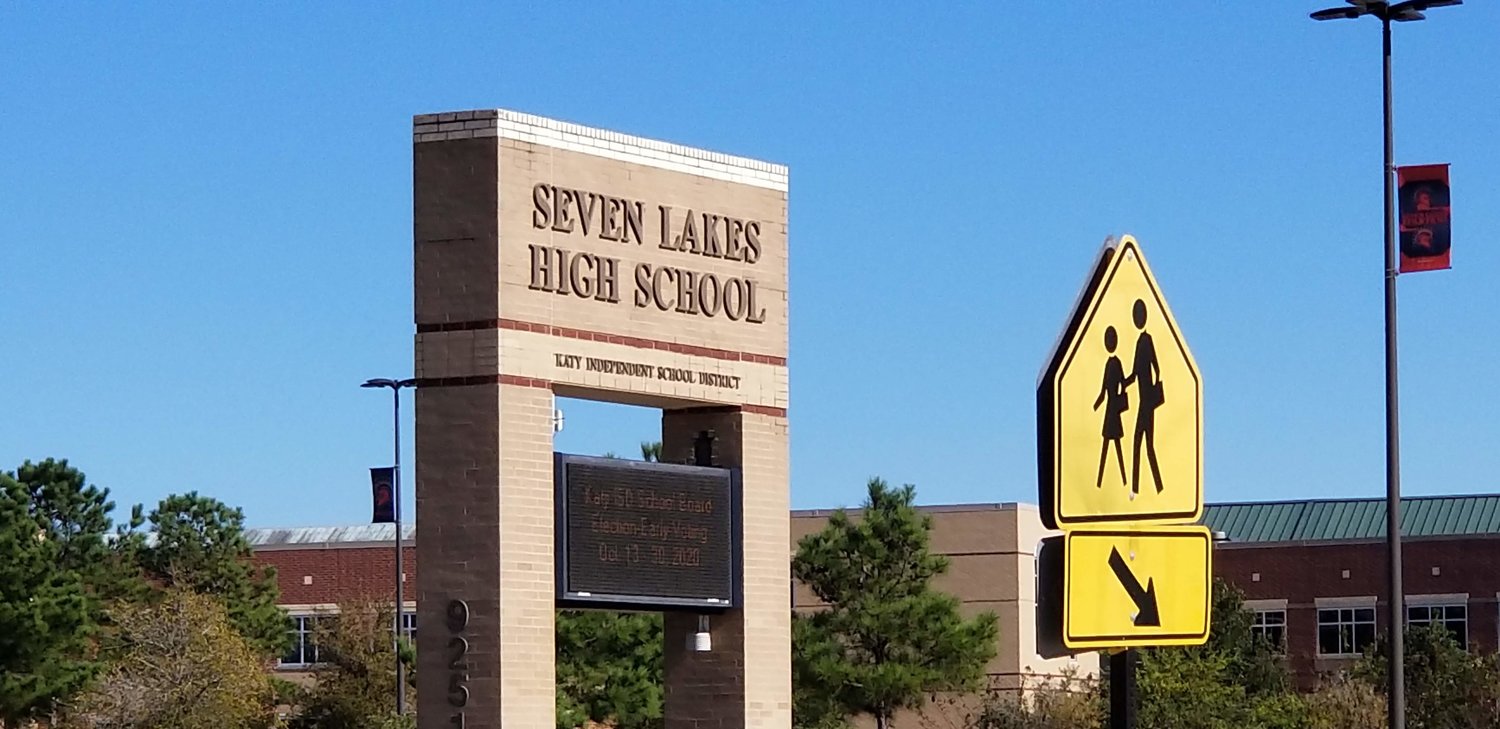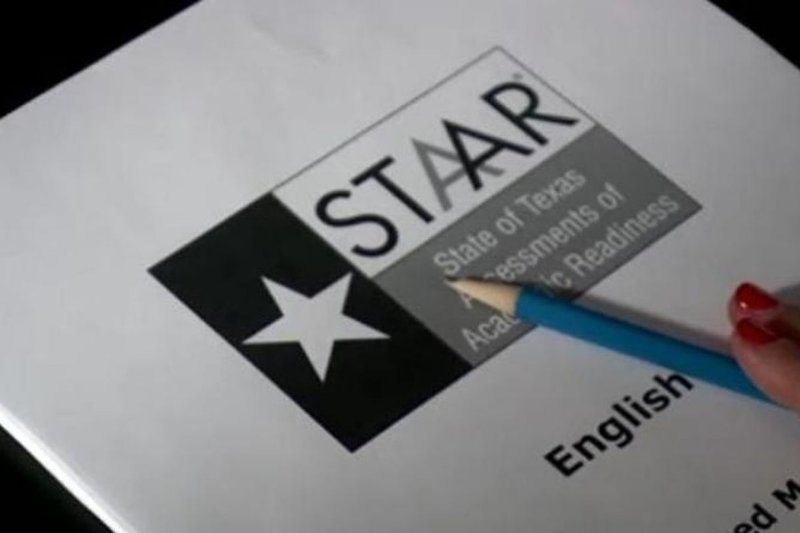Schools work to address testing shortfalls
Additional instruction will be provided to help students succeed
Both Katy ISD and Royal ISD officials said during their respective district’s most recent trustee meeting that they had expected a decline in State of Texas Assessments of Academic Readiness …
This item is available in full to subscribers.
Attention subscribers
To continue reading, you will need to either log in to your subscriber account, or purchase a new subscription.
If you are a current print subscriber, you can set up a free website account and connect your subscription to it by clicking here.
If you are a digital subscriber with an active, online-only subscription then you already have an account here. Just reset your password if you've not yet logged in to your account on this new site.
Otherwise, click here to view your options for subscribing.
Please log in to continue |
Schools work to address testing shortfalls
Additional instruction will be provided to help students succeed
Both Katy ISD and Royal ISD officials said during their respective district’s most recent trustee meeting that they had expected a decline in State of Texas Assessments of Academic Readiness – or STAAR – test scores. However, both also announced that they were pleased to see their students had performed better than the statewide average with minimal drops their faculties will be addressing over the next school year.
“With an understanding of all the disruptions last year, we looked at these (STAAR) scores with a new perspective,” KISD Director of assessment Accountability and Research Natalie Martinez said. “Studies showed that we would experience a decline. When we met with principals, we suggested that they draw a line between or at (a) negative four change. If an area declined by four points or less, we would consider that a reason to celebrate.”
Katy ISD
In most instances, Martinez’s guideline of a negative four-point change from the raw score from 2019 – the last year STAAR testing was conducted in Texas before the 2020-21 school year – to the current year’s score led to that proverbial celebration. Most of the district’s results showed a minimal reduction in student performance, though Martinez did say there were areas of concern that would need to be addressed.
Reading results for seventh-grade students reflected a drop of 15 points in student results across the district, according to data provided by the district. In 2018-19, 81% of students scored an Approaches or better score on the test, the minimum required to be considered passing, Martinez said. However, in 2020-21, only 66% of students met those same guidelines.
KISD did perform better than the statewide result of 74% in 2018-19 with a 19 point reduction to 54% in 2020-21.
Martinez also said Algebra I scores and seventh-grade math scores would need to be addressed with those students scoring low receiving assistance in making up for the shortfall during the next school year.
New laws will require 30 hours of tutoring in a small group environment to help students that are struggling catch up, said KISD Chief Academic Officer Christine Caskey. Plans to meet those requirements and Katy ISD’s goals to help students are still in development and should be finalized soon, she said.
“There have been several meetings that we’ve had. We’ve worked very closely with the curriculum team, with the Department of School Administration on what that looks like, and right now we’re working through what those details are and what that looks like on each campus,” Caskey said.
Royal ISD
Royal ISD Associate Superintendent Kendra Strange said she and her staff were pleased with the results of the STAAR test. The district looks at STAAR results as more of a reflection on how teachers performed than student excellence, she said. Overall, while test scores declined for Royal students, the decline was less than those throughout Texas.
“In most of (the testing) areas, we had smaller drops than the state or the region,” Royal Elementary School Principal Aronda Green said.
Representatives for the district’s four campuses – elementary, junior high, STEM Academy and high school – spoke regarding their school’s performance in the STAAR test for 2020-21.
Green said Spanish-language instruction in reading would need to improve, along with reading and math for most students.
Royal Junior High School students maintained their performance in reading and math, school officials said. Scores on the STAAR test either were better than or on par with reading and math score changes across the state. Similar situations were noted at both the Royal STEM Academy and the district’s high school.
To address the drops in scores, Strange said the district would identify students who were not at the appropriate level for specific tests and provide them with tutoring. That supplemental instruction will come for some students in the form of an additional school period which she said would not increase the length of the school day. Small portions of time will be trimmed from the other class periods throughout the day in order to create time for a short additional period of tutoring.
Strange said she and the leadership team at the district had looked at the drop and compared it to the statewide averages, not to focus on the negative side, but to identify growth areas and compare themselves across the state. From a high view, she said, Royal outperformed most of the state, but she acknowledged that the district will have to work hard to regain the successes it had seen in prior years.
“I want to go into the school year with the notion that we’ve got to roll our sleeves up and get back to work with the work we know we have to do (to improve scores),” Strange said.
Keywords
STAAR, Katy ISD, Royal ISD, KISD, RISD









